Marine-Grade Plywood is a versatile, high-quality material for exterior and marine applications. Marine Plywood is the first choice for marine applications. It is more expensive and more durable than normal Plywood.
Many alternative materials of marine Plywood are also available in the market. These alternative materials are nearly as durable as marine Plywood and are available at a lower price.
1. Fiberboard
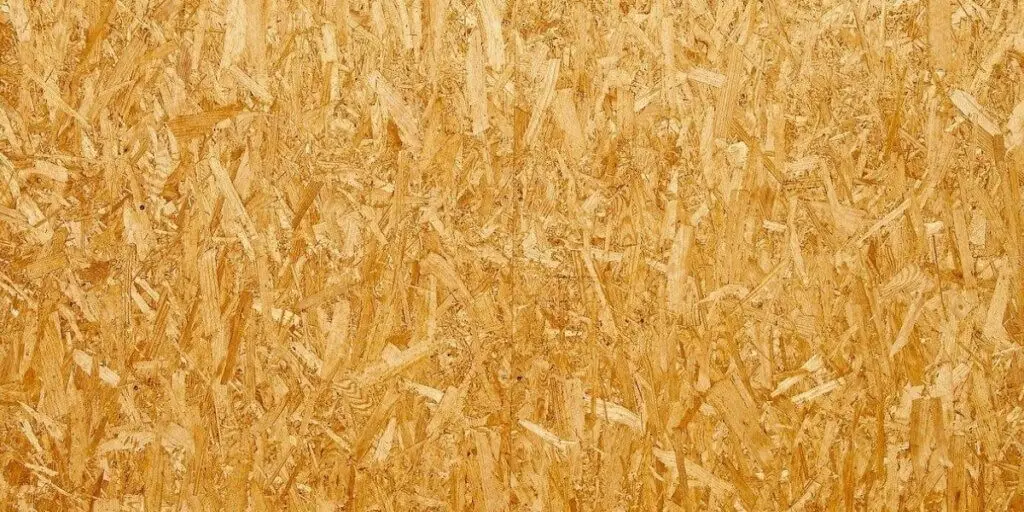
Fiberboard is one of the most popular alternative engineered materials to marine plywood made from wood fibers and waterproof glue. It has excellent moisture and weather resistance.
There are three types of fiberboard.
- Low-density fiberboard (LDF).
- Medium-density fiberboard (MDF).
- High-density fiberboard, HDF).
Fiberboard is made by mixing small pieces of wood with high-quality glue and pressing the mixture into flat sheets under high pressure and temperature. Fiberboard contains 90% wood, and 10% is Glu and wood resin.
The fiberboard has a variety of applications, such as furniture, construction, and packaging box. The bending strength of the fiberboard is good, and it can withstand moisture well, like marine plywood.
Fiberboard Pros and Cons
Pros:
- Affordable: Fiberboard is a relatively inexpensive material compared to solid wood.
- Versatile: Fiberboard can be used for a variety of purposes.
Cons:
- Not as durable as solid wood: While fiberboard is a strong material, it is not as durable as solid wood.
2. Fiber Cement Board
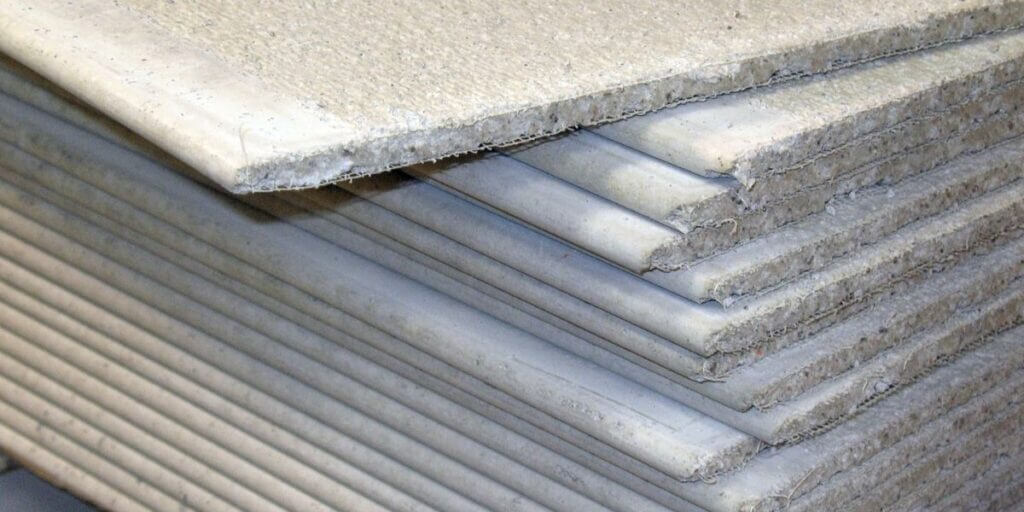
Fiber cement board is manufactured using the Hatschek process. It is resistant to moisture and termites and has excellent sound insulation, heat insulation and fireproof material.
Fiber cement board is demanded in many constructions. So this is perfect for use for both interior and exterior applications.
The production of cement board (or fiber cement) mainly consists of cellulose fiber, silica, and Portland cement. The cement board contains nothing harmful to the environment and human beings.
It is available in the market in size of 2.44 X 1.22 meters, and it’s available in 4mm, 6mm, 8mm, 10mm, 12mm, 16mm, 18mm, and 20mm thickness.
3. Reinforced Polyurethane Foam
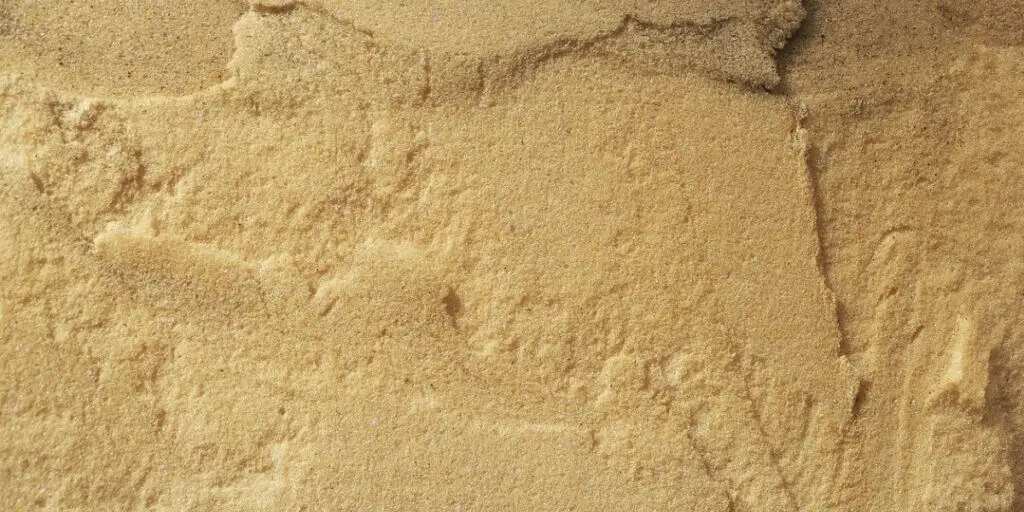
The Reinforced Polyurethane Foam is an engineering material. It is a lightweight and strong material. Reinforced Polyurethane flexible foam is used widely for interior, exterior, and industrial applications. Its cells are very close, giving low thermal conductivity and less moisture permit.
4. Ribbon Grain Plywood
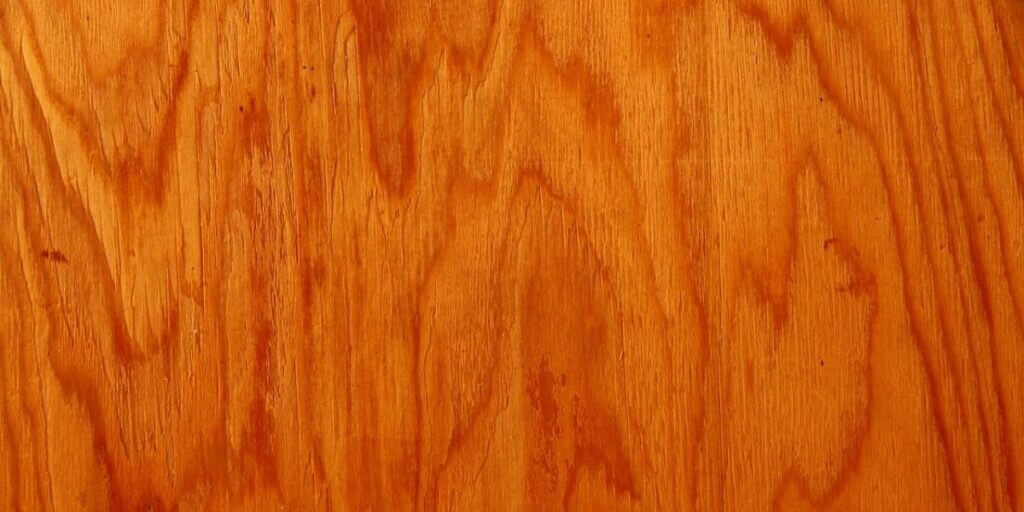
Ribbon-grinded plywood is made by gluing several thin layers of wood together. The grain of each layer is kept perpendicular to each other for greater strength.
Ribbon grain plywood comes in 8 to 10 feet long seats. It can withstand moisture quite well.
5. Weather and Boil Proof (WBP) Plywood
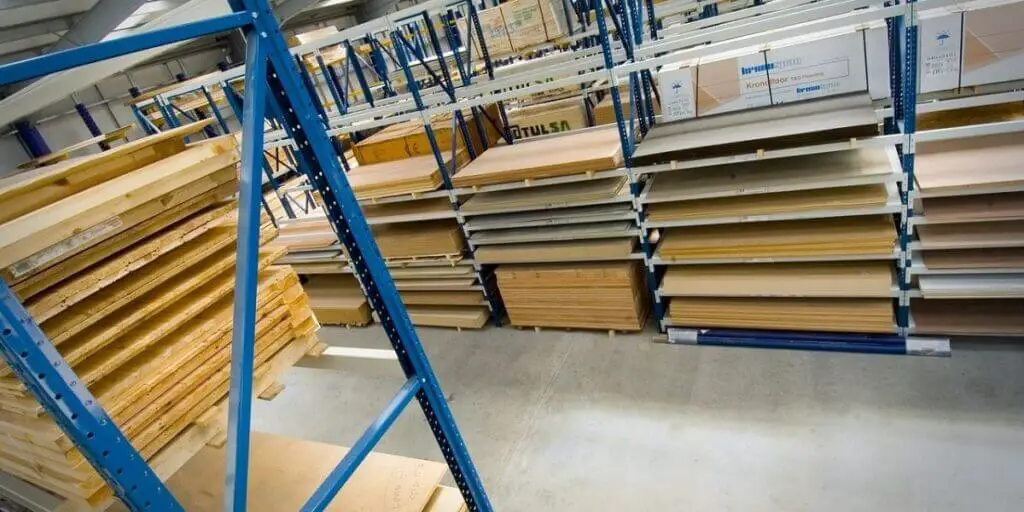
WBP plywood is made by gluing three or more (odd number of veneer sheets) thin veneers together. All the grains of these veneers are 180 degrees from each other. WBP plywood is weather and boil-proof.
WBP plywood is made by Cross-hatching process technology. This process makes stronger and more durable plywood. Premium melamine glue makes WBP plywood, which withstands for 10 to 20 hours in bowling water.
6. Wood Plastic Composite (WPC)
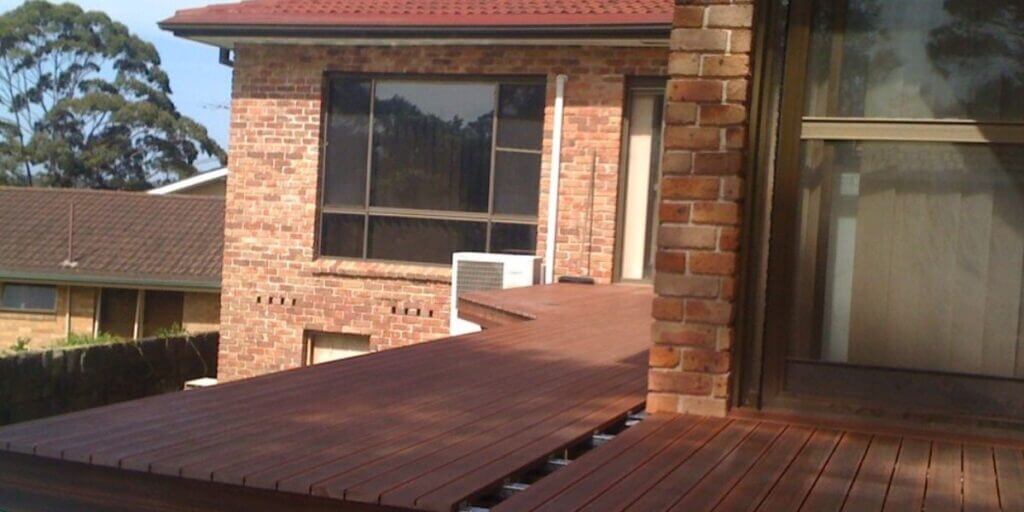
Wood-plastic composites are made of hybrid materials like wood fibers and thermoplastics such as PE, PP, PVC, or PLA. WPC is a durable material.
WPC is an excellent choice for exterior and interior applications. It is weather and moisture moisture-resistant.
Wood Plastic Composite plywood is used for railings, fences, landscaping timbers, cladding and siding, park benches, molding, and trim.
Pro:
- WPC is a highly durable material that can easily withstand bad weather.
- WPC material can be easily banded, making it easy to use in complex places.
- The WPC material has a high density, which maintains the nail and screw or good grip
- It does not require painting after installation; its maintenance and cleaning are also easy.
Cons:
- Hybrid materials are used to make WPC. Hence the wood has no texture.
7. Birch plywood
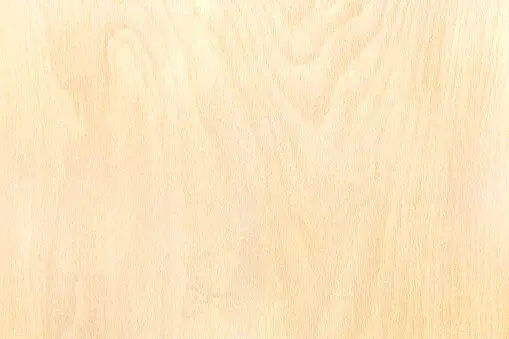
The Birch plywood is a high-quality lightweight, good strength, and durable. Multiple layers of birch veneer are used to make Birch plywood. Multiple Birch veneers are glued together with waterproof glue. Therefore holds excellent properties its demands in many applications.
The thickness of each winner is 1.4 mm. It holds excellent physical and mechanical properties.
The Conclusion:
These are some of the Plywood that we have seen. That we can use them instead of marine Plywood, they are used for Plywood exterior and interior applications.
In conclusion, All types of Plywood have their special property. What do you think about the Marine plywood alternative?

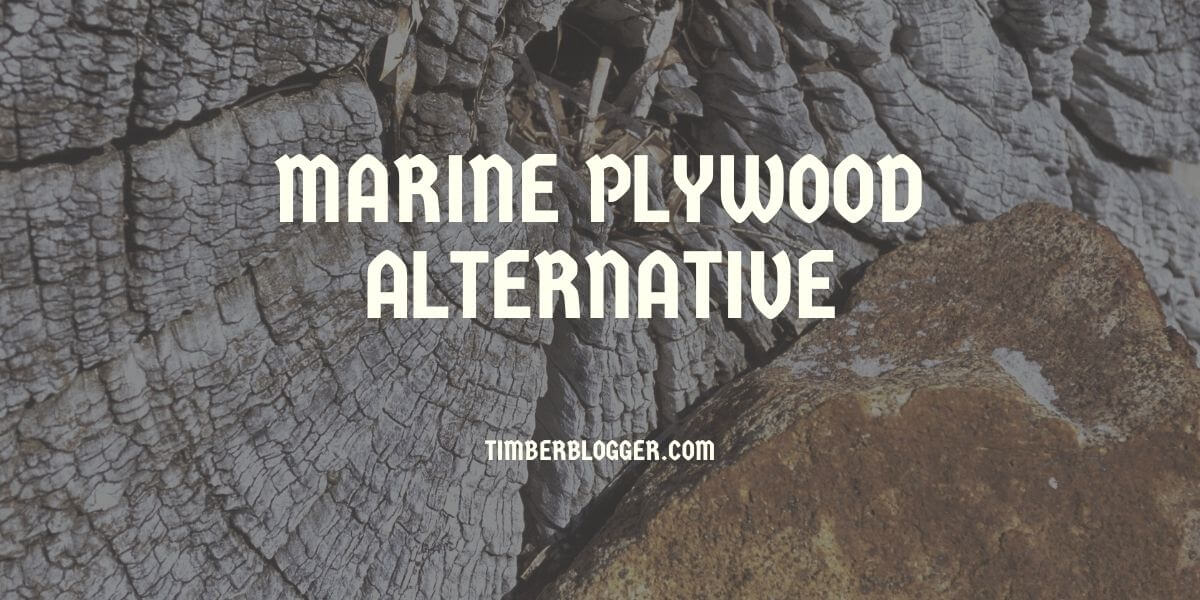
Comments are closed.